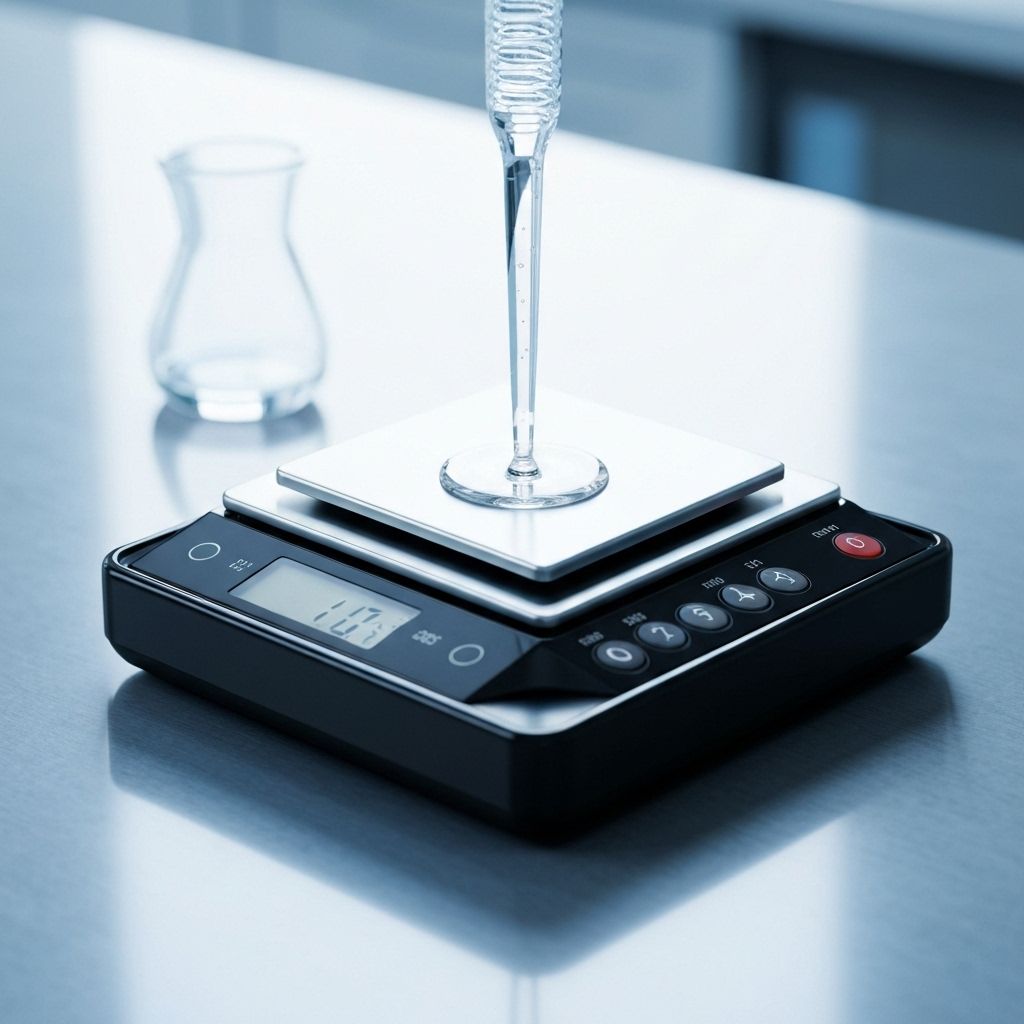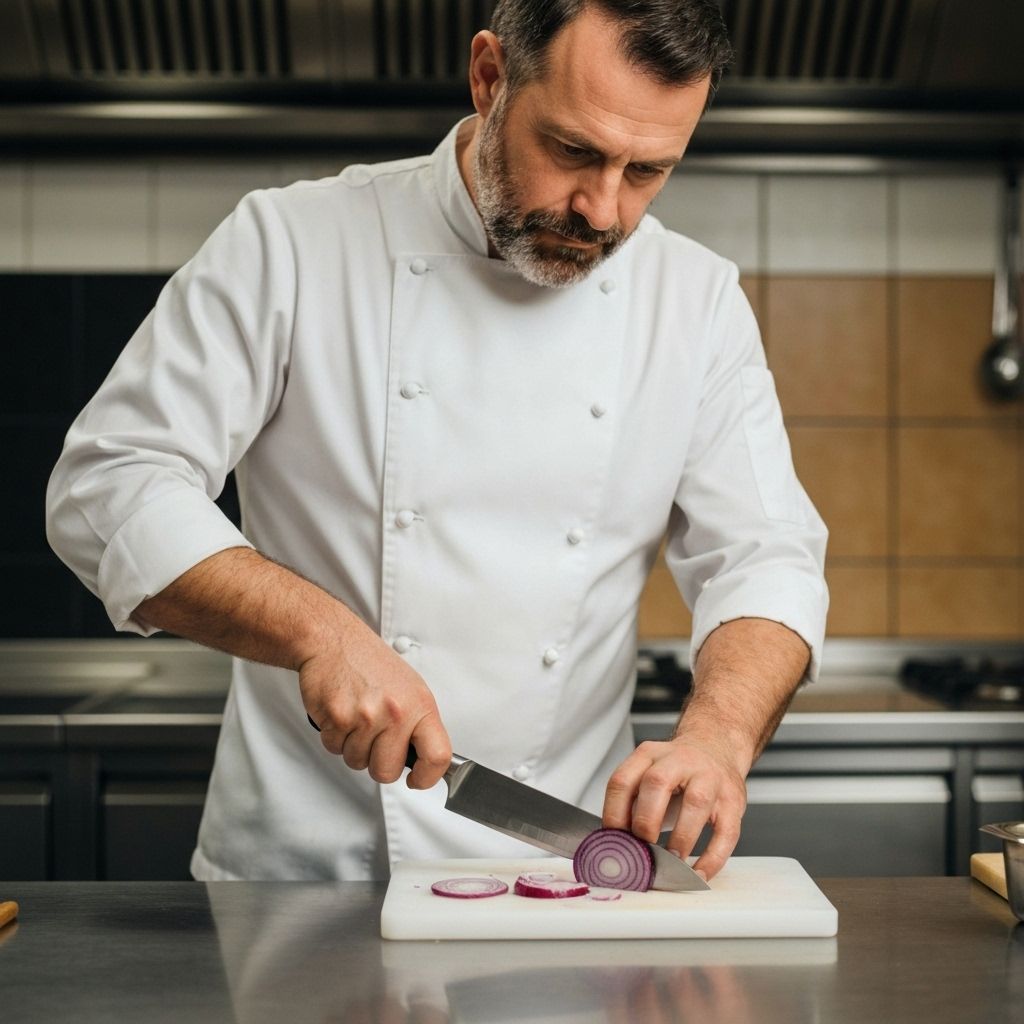What Professional Chefs Actually Use: Daily Knife Recommendations
Real insights from working chefs about the knives they rely on every day in professional kitchens.
- Answer the main question in one sentence.
- Give the best pick and why in one line.
- Link to the product or guide for next step.

Professional chefs develop strong knife preferences through thousands of hours of use. Their choices prioritize reliability, maintainability, and performance under demanding conditions rather than brand prestige or exotic materials.
French steel knives have gained popularity among professionals for their balance of properties. These blades typically use X50CrMoV15 or similar alloys that offer excellent edge retention while remaining easy to sharpen. The steel's composition creates edges that stay sharp through full service yet respond quickly to honing.
Weight and balance matter more than most home cooks realize. Chefs processing 50 pounds of vegetables daily need knives that won't cause fatigue. The balance point should sit at or just ahead of the handle, allowing the knife's weight to do the work rather than requiring excessive downward pressure.
Handle comfort becomes critical during extended use. Chefs often prefer handles without finger guards or bolsters that dictate grip position. This freedom allows adjustment of hand position throughout the day, preventing repetitive stress injuries. Smooth transitions between handle and blade eliminate pressure points.
Maintenance accessibility influences professional choices. Knives that require specialized sharpening techniques or delicate care don't survive in busy kitchens. The best professional knives accept standard sharpening methods and tolerate the occasional dishwasher cycle without catastrophic damage, though hand washing remains preferred.
Many chefs maintain separate home and work knives. Work knives prioritize durability and low maintenance, while home knives might feature premium materials and aesthetics. This practical approach recognizes that different environments demand different tools.
// RELATED_ARTICLES

Laboratory Precision in the Kitchen: Advanced Weighing Techniques
Learn how precision measurement transforms cooking from art to science, enabling perfect reproducibility.

Fundamental Knife Skills: Precision Cuts for Professional Results
Master the essential cutting techniques that form the foundation of professional culinary practice.